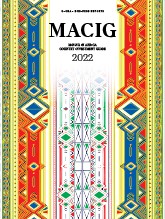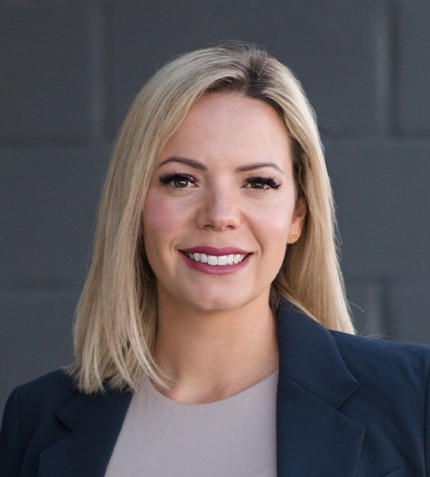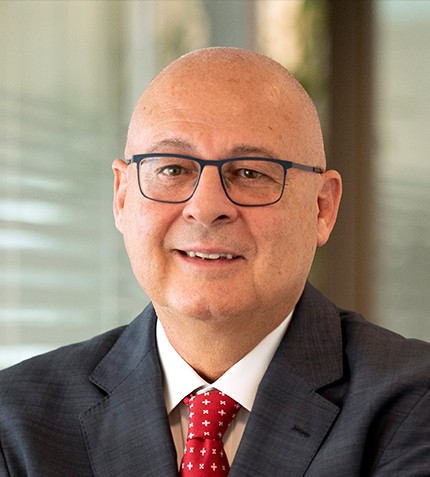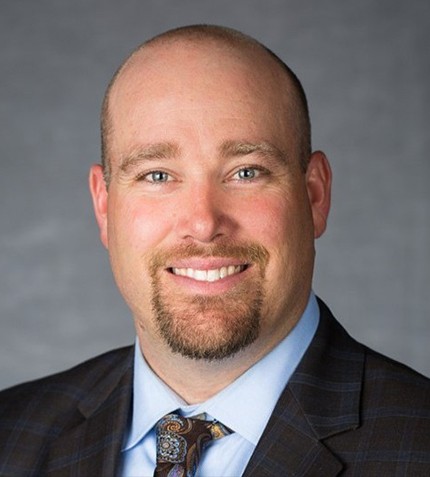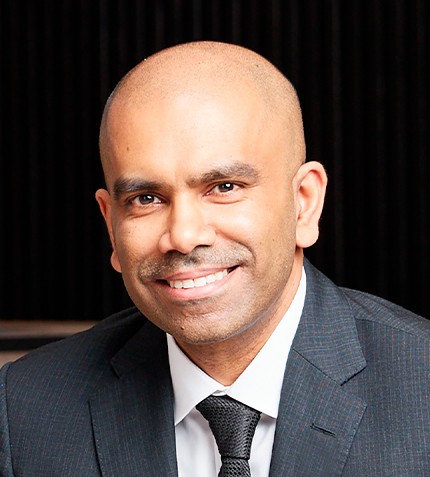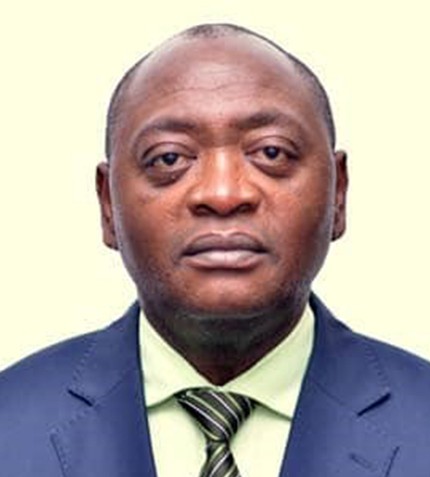
"The country will need to attract more investments to greenfields projects to sustain the developing trend noticed in recent years."
RELATED PUBLICATION
ARTICLES FROM THIS PUBLICATION
Jean Jacques Mukula
ASSURANCE & ADVISORY PARTNER, FRANCOPHONE AFRICA, PWC
What are your views on the development of the mining industry in the DRC?
The DRC's mining sector has experienced strong development resulting from several major investments in recent years. Many of these mega projects have either reached the production phase or are in the process of doing so.
M&A activities are dominated by transactions with Chinese entities as the sector is mainly controlled by Chinese companies.
Following its participation in the COP 26, the DRC has taken the option to invest in the transformation of its production through, for example, the manufacture of batteries for electric vehicles. This initiative will mark a decisive turning point in the development of mining activities in the DRC.
The minerals that are attracting the most interest from investors remain cobalt and copper, followed by tin (mined by only one large mining company in the DRC), coltan (more artisanal mining) and lithium, for which a large mining company has recently completed its feasibility studies and hopes to begin the exploitation phase very soon. The country will need to attract more investments to greenfields projects to sustain the developing trend noticed in recent years.
How have ESG practices evolved in the DRC?
ESG practice in the DRC is not consistent due to the lack of a clear policy on expectations and clearly defined benchmarks at country level. We note, however, that the extractive industry is increasingly subject to environmental and societal requirements. The mining code and the mining regulation revised in 2018 provide fairly clear guidelines.
There are, however, a number of companies, albeit a minority, in the mining industry whose practices are different as they are part of publicly listed multinationals and are committed to reporting their approach to climate risks and opportunities in line with the Task Force on Climate-related Financial Disclosures framework. These entities strive to meet at least the requirements of their group without deviating from the obligations of the mining code.
The issue of ESG in general, and sector governance, remains a major undertaking for the DRC.
Describe Government and Industry approaches to formalize and monetize artisanal mining.
The artisanal mining model in the DRC remains organized around the grouping of artisans into cooperatives. The governance of these activities remains delicate given the problem of insecurity on the mining sites observed in certain regions of the country, the invasion of private mining sites by small-scale workers, the difficulty for small-scale workers to ensure optimal exploitation of their mining sites given the rudimentary nature of the equipment used, etc.
The question of the delimitation of artisanal mining zones is gradually being resolved and the revised mining code and mining regulations have strengthened the capacity of these artisanal mining operators by authorizing them to use machinery in the exploitation of mining sites granted to them. This approach will definitely boost the productive capacity of this sector.
How can DRC overcome energy shortages?
The government of the DRC took the option in 2014 to liberalize the sector and thus promote partnerships with the private sector. But the implementation of this measure has suffered from several regulatory constraints to the point that it is only recently that the governance of the sector has been defined. This has resulted in few electrification projects commensurate with the country's ambitions. It should nevertheless be noted the existence in the pipeline of several private projects and Public-Private Partnership which are under development and others that have reached the production level. At this stage there is a concentration of these projects in areas where there is strong mining activity. A large part of the country is not covered, leading to the need for the State to continue to play the role of development agent in this sector. So the opportunities in the sector are immense for private investors.
Given the scale of the problem, innovative solutions are needed. The Essor program, implemented by PwC, has enabled such a solution to be implemented in there cities in the country.
The Access to Electricity (A2E) workstream is about providing an alternative model to electrification in DRC by creating and testing a standard framework involving the Central government, the Provincial Government, the private sector and the donors. A2E promotes the development of solar mini-grids in the DRC as a PPP, accompanying the government in a bidding process for there pilot projects.




